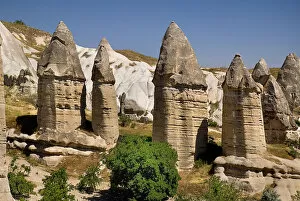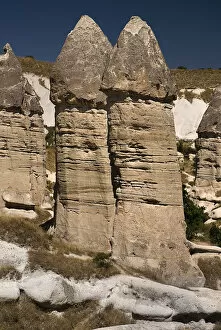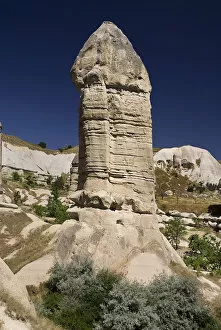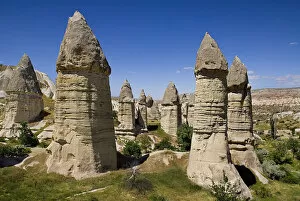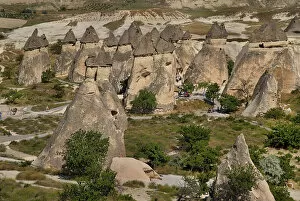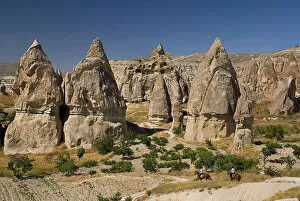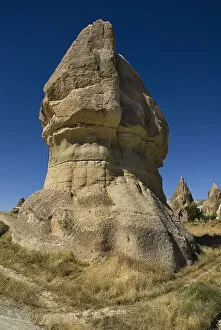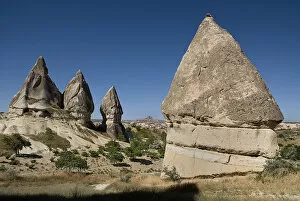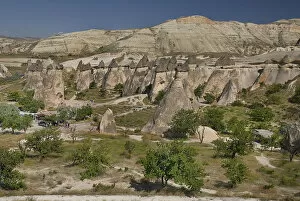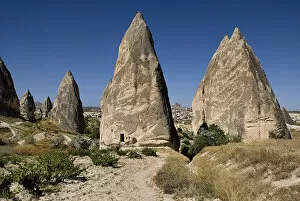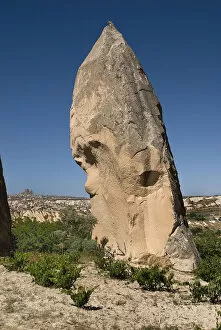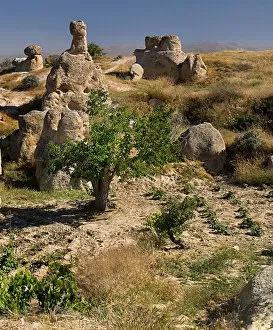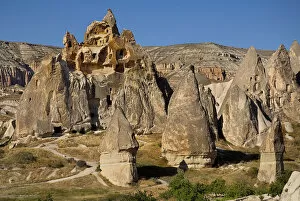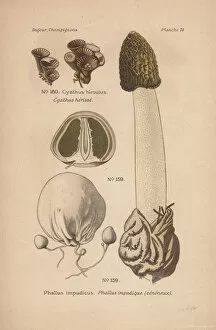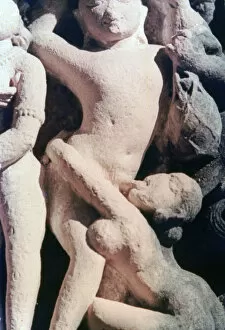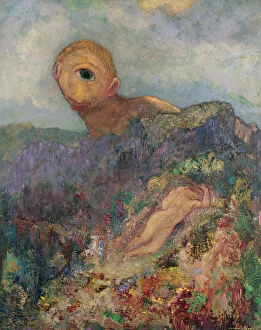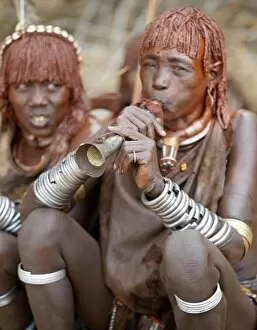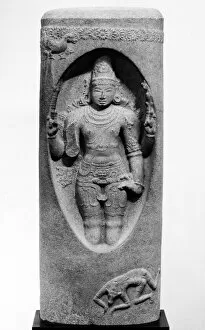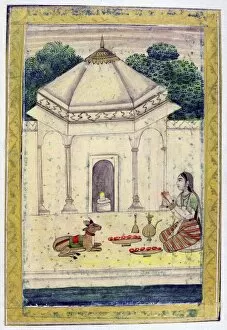Phallus Collection (#3)
"Exploring the Phallus: A Journey through Art, Culture, and Symbolism" From ancient priapic novels to satirical engravings
For sale as Licensed Images
Choose your image, Select your licence and Download the media
"Exploring the Phallus: A Journey through Art, Culture, and Symbolism" From ancient priapic novels to satirical engravings, the phallus has long captivated human imagination. In 1783, an English priapic novel with its engraved title page hinted at a world of hidden desires and forbidden pleasures. An 18th-century French engraving invoked Priapus himself, satirizing feminine sensuality in a playful yet provocative manner. The power of the phallus was not limited to literature; it found its place above house doors in Bhutan's Bumthang Valley as protection against evil spirits. A grotesque bronze lamp from Pompeii depicted Mercury in caricature form - his figure adorned with unmistakable phallic symbolism. Similarly, a bas-relief on the outer wall of the Roman theatre at Nimes showcased an explicit representation of male virility. Venturing into Taga jinja shrine and sex museum revealed an array of phallic objects that celebrated fertility and sexuality. These artifacts stood as testaments to societies unafraid to embrace their primal instincts. Egyptian art took us back to the Temple of Seti I at Abydos where Osiris' resurrection unfolded amidst intricate hieroglyphs and symbolic representations. The phallus played its part in this divine narrative - a symbol of life's eternal cycle. In nature's realm, we encountered fascinating organisms like the maidens veil fungus (Phallus indusiatus) whose delicate veils mirrored bridal attire. On the other hand, cautionary tales arose from encounters with poisonous stinkhorn mushrooms (Phallus impudicus), reminding us that beauty can sometimes conceal danger. Traveling across continents brought us face-to-face with Maori statues in New Zealand and Dorset's Cerne Abbas Giant towering over cultivated fields and small villages alike. These monumental figures embodied cultural beliefs surrounding masculinity, strength, and fertility.


